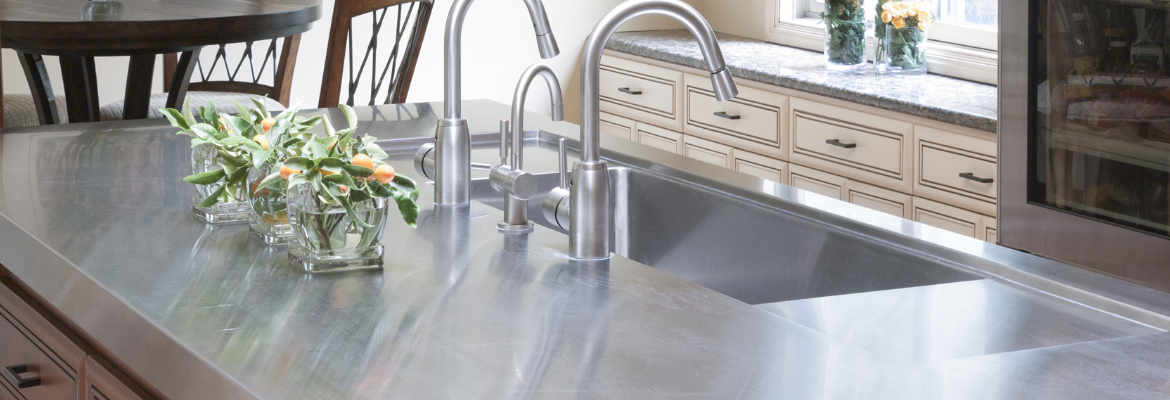
Finishing
Surface finishing is a broad range of industrial processes that alter the surface of a manufactured item to achieve a certain property. Finishing processes may be employed to: improve appearance, adhesion or wettability, solderability, corrosion resistance, tarnish resistance, chemical resistance, wear resistance, hardness, modify electrical conductivity, remove burrs and other surface flaws, and control the surface friction.
Materials We Service
Steel
- Galvanizing
- Powder Coating
- Priming
- Chrome Plated
- Satin
Aluminium
- Powder Coating
- Anodized
Stainless Steel
- #4 finish
- Stainless Steel
Steel Gauges
Sheet metal is commonly specified by a traditional, non-linear measure known as its gauge. The larger the gauge number, the thinner the metal. Commonly used steel sheet metal ranges from 30 gauge to about 7 gauge. Gauge differs between ferrous (iron-based) metals and nonferrous metals such as aluminium or copper. Copper thickness, for example, is measured in ounces; representing the weight of copper contained in an area of one square foot. Parts manufactured from sheet metal must maintain a uniform thickness for ideal results.
Gauges 20g – 11g:
- 20g – flashing, backsplash, insulated panels, cladding, ducting
- 18g – corner guards, flashing, trim, kitchen hoods, ducting, cabinets, shelving, countertops, kick plates
- 16g – corner guards, countertops, trim, welded duct
- 14g – small tanks, expansion plates, floor plates, rail bumpers, drip trays, troughs
- 12g – tanks, troughs, expansion plates, control boxes
- 11g – tanks, troughs, expansion plates, control boxes
No. 2B Matte Finish
No. 2B is the mill finish, meaning it has not been processed further. Matte finishes are dull in appearance and are not ideal for aesthetic end uses. However, they’re a good choice where appearance is not important or when further finishing is intended. No. 2B Matte finishes are the least expensive of the stainless-steel finishing options.
The finish is produced by ‘cold rolling’ stainless steel through special rolls or dies. The cold rolling produces a smoother, less pitted surface. Next, it is softened and de-scaled in acid solution. The steel is given a final pass on polished rolls to further enhance its smoothness.
Typical uses for a standard 2B finish include non-decorative or functional sheet metal products, industrial refrigeration equipment, chemical plant and plumbing fixtures. We offer this in gauges 20g – 11g.
Non-Directional Finish
Mirror Finish – No. 8
Mirror finishes are highly reflective and created by polishing the stainless steel. The polishing process enhances appearance and consistency, making cleaning easier. It also masks the after-effects of welding and hides surface damage.
No. 8 Mirror finish is created by mechanically treating the surface with a series of progressively finer abrasives. Alternatively, a special rolling procedure is used which can simulate the appearance of mechanical abrasion. For this stage, it is essential to remove deep scratches as any surface defects will be very noticeable on the finished product. The final process involves buffing the surface for 5-10 minutes to create a mirror-like, highly reflective finish.
A benefit of No. 8 Mirror finishing is that it improves corrosion resistance. The polishing eradicates crevices where corrosive particles can lodge themselves.
Common applications include:
- Mirrors
- Ornamental trim
- Clean rooms
- Column covers
- Wall panels
- Reflectors